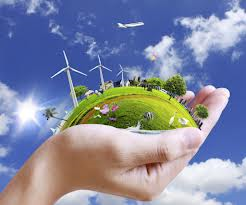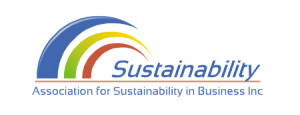The Future of Renewables, Solar, Battery Storage and Electric Vehicles
A global renewable energy transformation is underway. The proposed merger between Tesla and Solar City outlines the shape of things to come. The integration of solar panels with battery storage and electric vehicles is the paradigm for both ecological global economic growth, and reaching the goals of the Paris Climate accord as reported by Roy Morrison. An integrated renewable energy company will combine electric vehicles, battery storage, and solar electric panels, all with rapidly expanding market share and plunging prices. Globally, investment in cheap and carbon free solar energy is already rapidly supplanting fossil fuels. Whether or not Tesla’s corporate …





